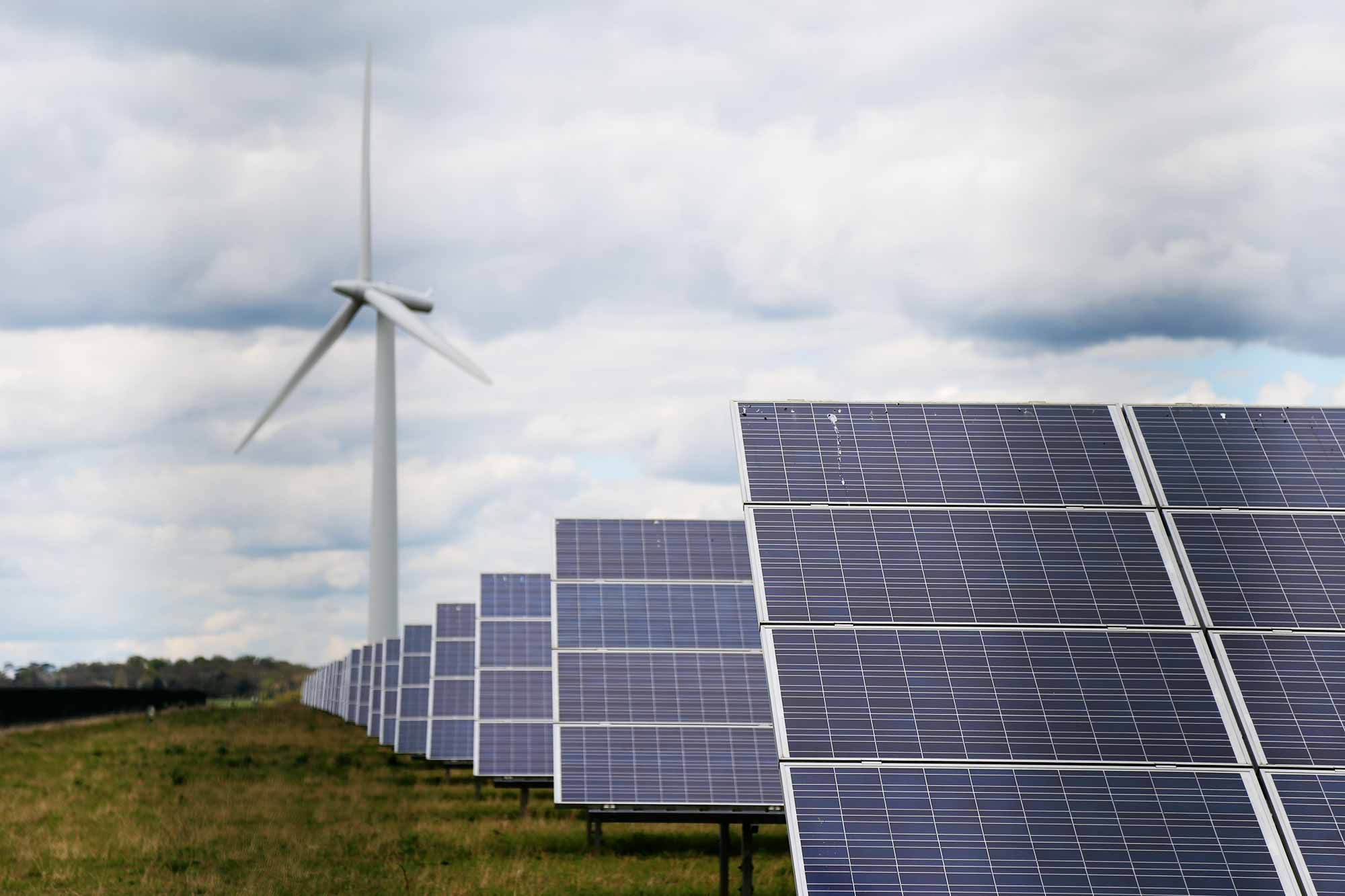Introduction: The results of the UK’s Contract for Difference (CfD) Round 6 are out, sparking discussions across the renewable energy sector. You can find the full list on the Government Website. While headlines are quick to highlight the approval of nine new offshore wind projects, there’s much more beneath the surface worth exploring. This post delves into the nuances of this round, from the rise of floating wind to the implications of strike prices, and what it all means for the future of energy in the UK.
Floating Wind Makes Waves: One of the most exciting developments in this round is the inclusion of floating wind projects, with Flotation Energy’s Green Volt project in Scotland potentially becoming the largest commercial floating wind plant by the decade’s end. Floating wind represents a significant technological leap from traditional offshore wind, involving unique challenges such as the vast amount of steel required per turbine and the need for specialized port infrastructure. The strike price for floating wind, set at £139.93, reflects both the promise and the hurdles that lie ahead in proving this technology and establishing a robust supply chain. If successful, floating wind could unlock vast new areas for renewable energy generation, particularly in deeper waters where traditional offshore wind is not feasible.

Rising Strike Prices: Another critical point from CfD Round 6 is the strike price of £54.23 for offshore wind—a notable increase from previous rounds. This rise seems to be a strategic move to avoid the issues that plagued CfD Round 5, where unsustainably low strike prices put projects at risk. The new pricing has been met with a sense of relief from developers, who see it as a more realistic figure that accounts for the known risks and challenges in the industry. This adjustment suggests a more sustainable approach to project financing and could lead to more robust, long-term investments in offshore wind.
The Scale of Hornsea Projects: The Hornsea projects (Hornsea 3 and Hornsea 4) by Ørsted stand out in this round, not just for their size but for their potential impact on the UK’s energy landscape. These mammoth offshore wind farms are among the largest in the world, and their successful development would significantly bolster the UK’s renewable energy capacity. Ørsted’s expertise in large-scale wind projects, combined with the favorable strike price, positions Hornsea as a cornerstone in the UK’s push towards net-zero emissions.
Solar and Onshore Wind Gains: It’s also worth noting the substantial addition of over 3GW of solar capacity, as well as nearly 1GW of onshore wind projects in Scotland and Wales. These developments are crucial in diversifying the UK’s renewable energy portfolio and reducing reliance on any single source of energy. Solar, in particular, has seen significant growth in recent years, and this round’s results indicate that momentum is only increasing. The success of these projects could pave the way for even more widespread adoption of solar power across the UK.

Tidal Projects: Finally, CfD Round 6 includes several smaller tidal projects, which hold potential for future scalability. Tidal energy has long been considered a promising, yet underutilized, renewable resource. While previous large-scale tidal stream projects have struggled to materialize, these smaller initiatives could serve as proving grounds for the technology. If successful, they could lay the groundwork for more ambitious tidal projects in the future, contributing to a more diverse and resilient energy grid.
Conclusion: CfD Round 6 marks a significant moment in the UK’s renewable energy journey, with implications that extend far beyond the immediate projects. From the advancement of floating wind technology to the strategic adjustment of strike prices, this round reflects a maturing industry that is learning from past challenges and adapting to future needs. As these projects move from paper to reality, the focus will shift to how they integrate into the broader energy landscape, including network planning and opportunities for battery energy storage systems (BESS). The decisions made in this round will shape the UK’s energy future, offering a glimpse of the innovations and strategies that will drive the transition to a low-carbon economy.
What are your thoughts? I’m curious to see how these developments will impact network planning and the opportunities for Battery Energy Storage Systems (BESS). Let’s continue the conversation—what do you think about the CfD Round 6 results and their implications for the future of energy in the UK?

